Cellist Andrew Janss was shocked to discover the phenomenon of the cheap, single-use bow: one that costs more to rehair than replace. He calls for a change in manufacturers’ attitudes to such waste
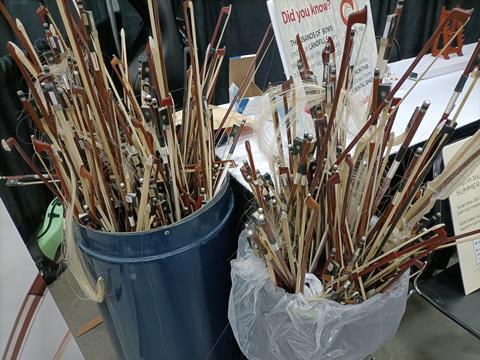
Discover more Featured Stories like this in The Strad Playing Hub
Read more premium content for subscribers here
The first time I saw a violin-bow graveyard was a jarring experience: a pile of roughly 500 bows of various sizes mangled together in a set of trash cans, waiting for a trip to the landfill site. For a professional cellist, the sight of even one broken bow is usually enough to make me taste bile in the back of my throat. This, in comparison, was so over the top that I stood there stupified, a testament to the fact that most of us performers know nothing about one of the most intractable problems in the string music education world: the takeover of the cheap, single-use bow.
The setting for this scene was the office of a respected New York violin shop, which was responsible for many of the instrument rentals in their neighbourhood. When I looked closer at this upsetting pile, I noticed a suspiciously large number of bows that seemed perfectly intact among those with noticeable breaks and cracks. The shop manager explained to me that the hair on these bows needed replacing, but it made no sense to do so, as the cost of having the master luthier perform a rehair would be many times the price of an entirely new bow.
Even if an imaginary luthier were willing to service them cost-competitively, often what makes single-use bows so cheap in the first place is the manufacturing short cut of gluing the hair in at both ends. This makes them exceptionally more difficult to rehair than a standard bow, in which the hair is press-fitted in with a bespoke wood plug, cut anew each time by the luthier.
What makes the bows so cheap is the short cut of gluing the hair in at both ends
This store was not alone. Indeed, the market for inexpensive new hardwood bows has made the single-use bow the rule rather than the exception, adding to major deforestation concerns globally. Talking with the staff in another shop in a major Texas city, I was told that they go through ‘thousands’ of these bows annually. Researching comprehensive data on how many single-use bows are thrown away each year in the US was beyond this cellist’s capability, but back-of-the-napkin estimates can easily approach 100,000 bows per year when one extrapolates that over 1,000 are being thrown away in multiple individual urban neighbourhoods.
Bizarrely enough, it wasn’t the environmental question that brought me to this store in the first place. The initial impetus for my visit was a nasty pattern that had been irking me regarding the difficulty of giving masterclasses in lower-income schools. There are few moments more frustrating than when a teacher has to explain that the primary reason a student’s sound isn’t improving is that their school-provided bow has only about a few dozen eyelash-thin hairs left, coated in rosin and grime. This is often followed by their teacher feeling it necessary to explain all of the barriers they face in maintaining their school’s instruments.
Teachers, of course, are not to blame for this situation. Countless classrooms already double as makeshift Frankensteinian laboratories, where teachers try to extend the life of their cheap instruments beyond any reasonable expectation. I had come to this violin shop to enquire about potential innovations, only to be introduced to the other, environmental face of this two-headed, bow-quality monster.
We are in desperate need of innovation to provide all aspiring young musicians with access to instruments that can be maintained easily and cheaply, so that they can experiment, learn and grow at a pace defined by their passion and dedication, not their economic situation. And in our era of computer-aided design and sustainable new materials, we must demand that these instruments are made with sustainability, and not just with the bottom line in mind.
Watch: Can you hear the difference between a cheap and expensive violin bow?
Read: Pernambuco: the worst-case scenario
Discover more Featured Stories like this in The Strad Playing Hub
Read more premium content for subscribers here
An exclusive range of instrument making posters, books, calendars and information products published by and directly for sale from The Strad.
The Strad’s exclusive instrument posters, most with actual-size photos depicting every nuance of the instrument. Our posters are used by luthiers across the world as models for their own instruments, thanks to the detailed outlines and measurements on the back.
The number one source for a range of books covering making and stringed instruments with commentaries from today’s top instrument experts.
American collector David L. Fulton amassed one of the 20th century’s finest collections of stringed instruments. This year’s calendar pays tribute to some of these priceless treasures, including Yehudi Menuhin’s celebrated ‘Lord Wilton’ Guarneri, the Carlo Bergonzi once played by Fritz Kreisler, and four instruments by Antonio Stradivari.





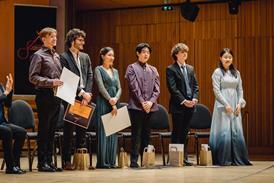
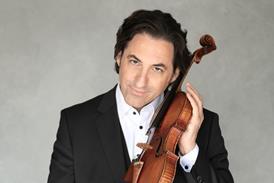
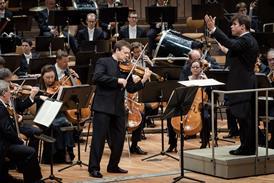



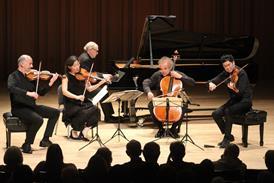


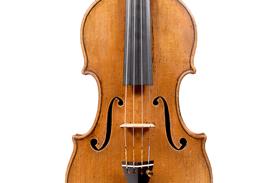
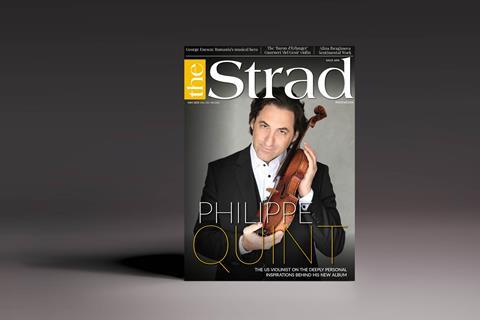




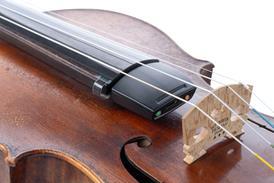
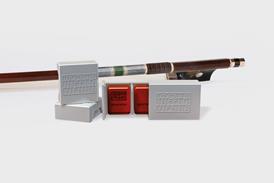
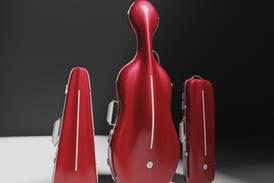


































No comments yet